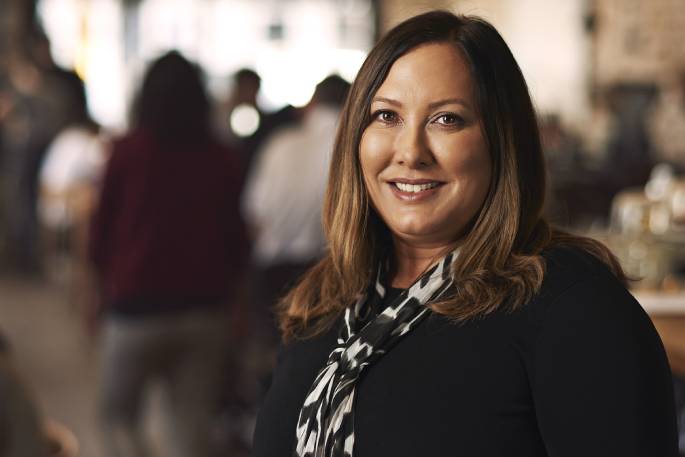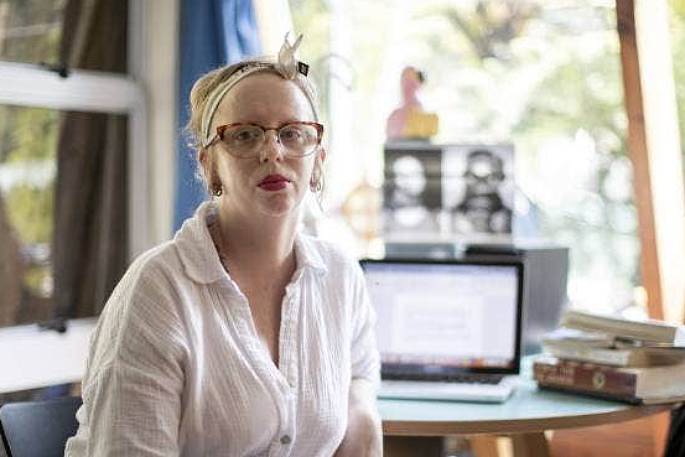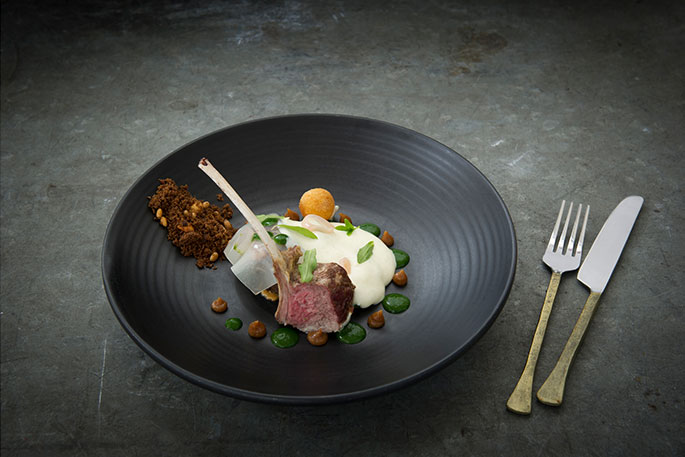The price of single dishes in New Zealand restaurants are increasing, with some menus charging more than $50 for one dish, due to skyrocketing food, wage and transport costs.
All main dishes at Rotorua's On The Point restaurant cost more than $50, with beef, salmon and lamb at $60 - $61.50, and a vegetarian mille feuille pastry dish at $58.
If you want fries with that, it's an extra $16.50.
Restaurant general manager Ann Gregor-Greene says menu prices have increased over the last year, but it's 'justifiable” given rising costs.
'Food prices have increased – anyone can look in the supermarket to see that, but also other costs of wages and transport. We have four chefs, and get our salmon from Nelson and beef from the South Island.”
It's not just food that customers are paying for, but the experience, she says.
'We're not just any old restaurant. We light candles, have fresh flowers, linen and views of the lake.”
Lake views aside, rising menu prices could be hard for diners to swallow.
A Sydney restaurant with views of Bondi beach came under fire recently when a TikToker ‘foodie' called them out for charging $68 for a bowl of pasta.
Mt Maunganui's Fife Lane steak menu ranges from $46 to $80. Plates to share included châteaubriand at $138.
Director Kat Dippie says cost of meals is 'most likely” to rise further.
'Menu prices are a direct reflection of wage and cost of living increases. As long as these continue to rise, so will the menu prices. We take active steps to minimise the increase where possible, but it's often unavoidable.”
Balancing profitability with perceived value is 'an everyday struggle”, she says.
'Striking the right balance can be difficult. We always take on guest feedback to make adjustments where appropriate.”
Marisa Bidois, chief executive of the Restaurant Association, says diners can expect to see reductions in the number of items on a menu and also some price increases.
Some New Zealand restaurants are increasing prices and some have already done so.
'The recent food price index shows food prices have increased by 12.4 per cent. However, restaurant meals and ready-to-eat food prices increased by only nine per cent in the past year, below the average food price increase.”
More food price increases are likely to impact menus, she says, although restaurant owners are 'acutely aware” of the current pressure on discretionary consumer spending, and slowing of trade.
 Marisa Bidois, chief executive of the Restaurant Association, says 'menu pricing decisions are a balance between covering costs, generating profit, and remaining competitive within the local market.” Supplied photo.
Marisa Bidois, chief executive of the Restaurant Association, says 'menu pricing decisions are a balance between covering costs, generating profit, and remaining competitive within the local market.” Supplied photo.
Bay of Plenty chef Peter Blakeway, a culinary tutor at Toi Ohomai and former restaurant owner, says $50 is typically seen as the 'pinch point” price for one dish.
'People won't accept more. There's a mental block at $50, it feels too expensive.”
New Zealanders are too used to paying too little for fine dining, he says.
'High end dining is still a ‘steal' in this country,” he says, giving the example of Mt Maunganui's Solera restaurant, which charges $85 per person for the chef's menu, which Blakeway considers 'a bargain”.
'Overseas, people are willing to pay more. Here, there's little price difference between quality restaurants and average ones – it's only about $10.”
Diners are wrong to compare the cost of a dish with its supermarket ingredients, he says.
'The dish has to cover other costs – service, wages, ambience, even plates and cutlery.”
Cheaper cuts of meat such as neck and flank can be seen on menus, and smaller portions or dishes to share.
'But Kiwis expect a big chunk of meat on their plates,” he says.
Despite higher menu prices, restaurant margins remained tight.
”Hospitality has been crippled by Covid and soaring costs. Many owners are not paying themselves or operating at a loss, but that's not sustainable long term.”
'No one wants to see the death of fine dining. Look at the closure of Noma, which shocked the industry.”
Renowned Danish restaurant, Noma, consistently named the world's top restaurant, has says it will close its doors next year.
Waikato foodie and owner of Nourish Magazine, Vicki Ravlich-Horan, says eateries have been absorbing price increases for years.
'I sold my cafés in 2013. Back then, the minimum wage was $13.75, and we were baulking at the price of a block of butter being over $3. We sold a flat white for $3.80 and a slice of cake for $4.50.
Fast-forward ten years and minimum wage has increased 70% to $22.70, butter nears $7 a block – almost double – yet a coffee still sits round the $5 mark and a slice of cake $6.50.”
New Zealanders need to fork out, she says.
'It's time New Zealanders stopped seeing hospitality like going to the supermarket. If you want an experience, and you want New Zealand to have a great food scene, we need to value it and pay for it.”
 Chloe-Ann King, of Raise The Bar, said hospitality workers can't afford the food they serve. Photo: David White/Stuff.
Chloe-Ann King, of Raise The Bar, said hospitality workers can't afford the food they serve. Photo: David White/Stuff.
Foodies in search of cheap eats, should question what they might be supporting, says long-time hospitality worker and founder of hospitality union, Raise The Bar.
'Aucklanders love their cheap eats. But if you're paying just $15 a dish, it's likely that the person who made it is on minimum wage or worse.”
Restaurants should not blame higher menu prices solely on recent rises to minimum wages, as workers she represents cannot afford the food they serve, she says.
'They are skipping meals so that they can feed people $50 dishes.”
Despite this, $50 was a fair price for good quality food and service, she says.
”Even before inflation popped off, menu prices for fine dining were lower than the rest of the world, and still are.”.
'There's a misconception in New Zealand that when you go out to eat, you are only paying for the food. Hospitality workers are judged as low paid and low skilled, compared to, say, Melbourne where it's a career. But Australian diners are on higher wages, so can afford to dine out.”



3 comments
Fine what?
Posted on 28-05-2023 16:52 | By usandthem
service in most nz restaurants is abismal with lack of training of wait staff,where they reach over diners with hot food or coffee,clear plates away when other diners are still eating.As for the price of coffee how come some places charge$4.50 and still make a profit while others charge over $7?We eat out quite regularly and have eaten at restaurants that consider themselves fine dining and had poor meals,big plates with very little food in the middle,with a big price.I have had far better meals at restaurants considered your average eatary,Bethlehem's Orchard as an example.
Really?
Posted on 29-05-2023 17:04 | By morepork
“Overseas, people are willing to pay more. Here, there’s little price difference between quality restaurants and average ones – it’s only about $10.” Overseas, people are earning higher wages and paying considerably less for produce than we are. I don't dine out much these days (I love food and enjoy cooking, but the cost is getting more than I can do regularly). The last meal I had a few days ago with friends at Salva D'Or, was fairly priced, of great quality and flavour, and a good experience. $50 is above MY "pinch point" and I believe there is a certain amount of "charge what the traffic will bear" in some quarters. We are well served with good food in Tauranga and I hope contagion from the "upper crust" tourist eating places will not spread to our city.
@usandthem
Posted on 01-06-2023 15:04 | By morepork
I endorse all the points you made, but I think the training issue is most apposite. I have been surprised at the lack of knowledge evinced by some waiting staff, as if they haven't even read their own menu and certainly can't pronounce it or know what some of the dishes actually are. Training is obviously lacking. As we are moving to making Tourism and Hospitality one of our major earners, it should be addressed as a basic. Sometimes the "cafes" deliver a much better experience than some of the "fine dining".
Leave a Comment
You must be logged in to make a comment.